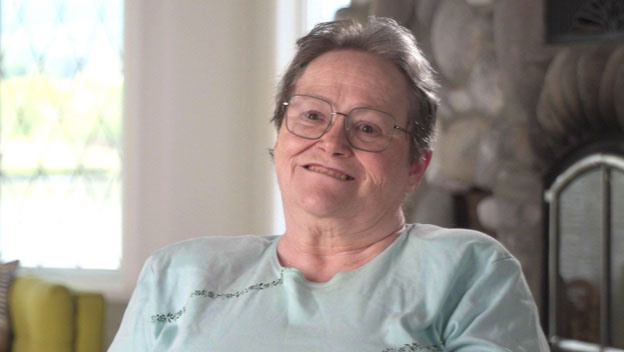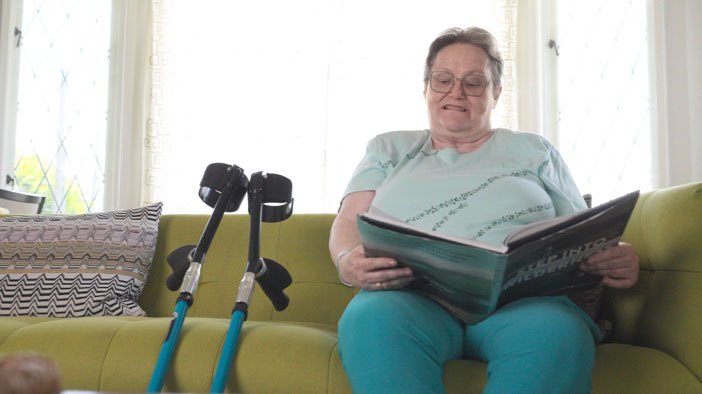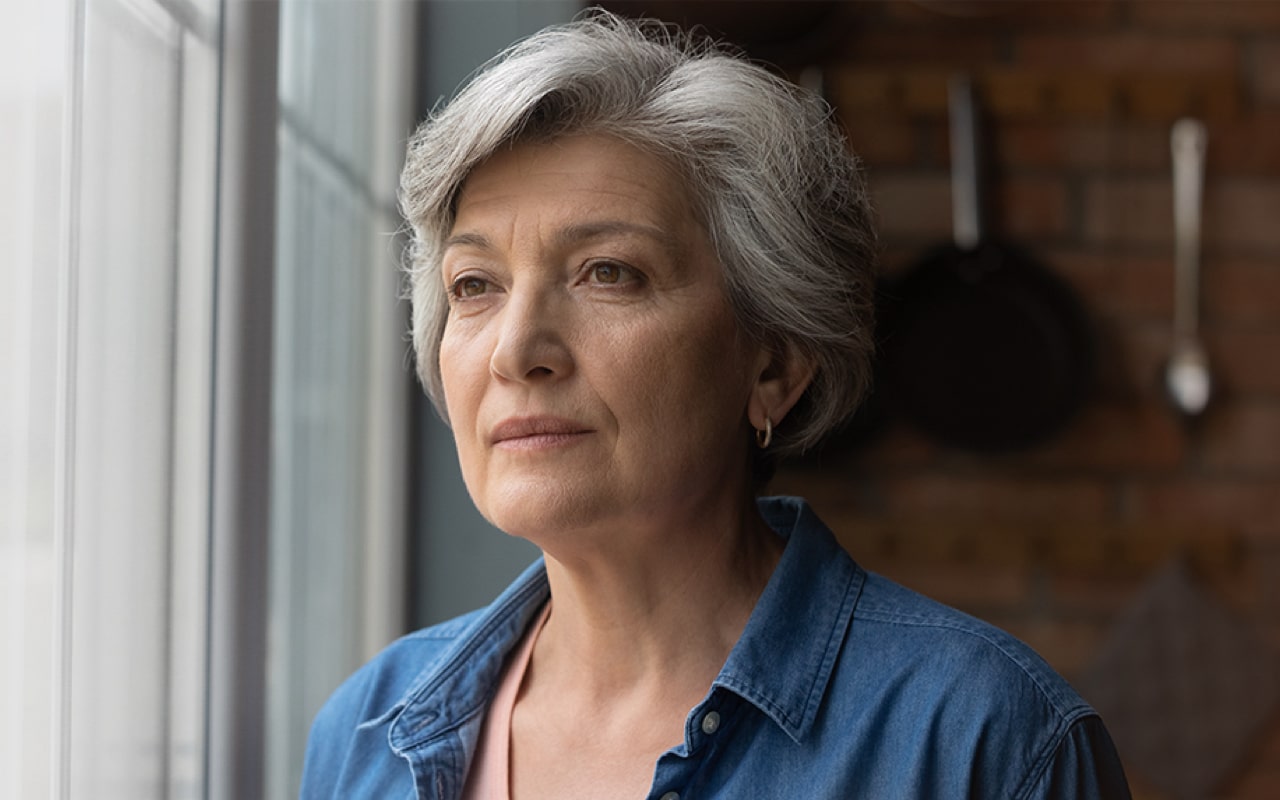Linda sat in her doctor’s office, awaiting a diagnosis. After dealing with unexplained double vision and difficulty chewing for several years, she just wanted to know why.
It was then that Linda recalls the neuro-ophthalmologist eagerly calling his observing student over to say, “This is probably the only time you’ll see it. This is called the myasthenic twitch.”
At that point, Linda burst into tears.
“That’s how I got diagnosed. I was not ready for it. I was not expecting it, so I just kind of lost it,” she remembered.
Watch the video to hear Linda share her MG experience.
While that moment was devastating for Linda, she did feel supported by her healthcare team as they helped her identify next steps—from learning more about MG to understanding treatment options. And Linda has come a long way since her MG diagnosis. Since that emotional day roughly 20 years ago, she has made it her mission to help raise awareness, lead support groups, and help others with the condition. Even when she feels MG symptoms getting in her way, she aims not to dwell on them and instead focuses on things that make her happy—like sewing or spending time with her cats and dogs.
When it comes to her dedication to helping others, that started well before her MG diagnosis. Linda went to school for nursing over the course of three years and calls those some of the best years of her life. She was very passionate about her nursing career, sharing that “knowing you’re making people’s days just a little better was very rewarding.”
“It’s different going from being in charge to having to rely on others to do things you’d rather be able to do yourself.”
Linda’s MG symptoms began to come into play while she was a nurse. Not only did they affect her ability to do basic job tasks, like using a syringe, but she was left with little to no energy by the time she got home from work. She eventually needed to go on long-term disability—a difficult decision to come to terms with. “It’s hard going from one side to the other side,” Linda explained. “It’s different going from being in charge to having to rely on others to do things you’d rather be able to do yourself.”
In terms of a support system, Linda was fortunate to have her family by her side while living in a rural area. Her mother, father and grandmother all lived nearby—but Linda found a way to expand her circle further. She searched for MG support groups and found one online that proved to be a turning point for her, as it helped her realize that although her nursing career had ended, she wasn’t done helping people.
“I would go to that group quite a bit,” she said. “It really put things in perspective for me. It made me want to do more to help others.”
Linda’s involvement in that group ultimately inspired her to start her own support groups, through which she met many more people who live with MG and had their own stories to tell. “I found I could support them when they were going through challenges,” Linda noted. “And I knew that if I needed them, they would be supportive of me as well. It makes you realize that you’re not alone.”
Linda didn’t stop there. She became a director on the board for the Myasthenia Gravis Society of Canada, got involved in MG walks and started writing articles in her local newspaper to promote MG awareness in June (MG Awareness Month).
“I’m a person living with the disease. I’m not going to become that disease.”
Even when contemplating her hopes for the future, Linda thinks of others. She hopes that people living with MG will be able to do more of the activities they enjoy as they find ways to better manage MG in their day-to-day lives. This is something she aims for herself as well. “I can’t do a lot of the things I want to do, but I’ve learned how to adapt. Like, I make my appointments for early in the day, and I’m getting a new scooter so I can go on walks,” she shared.
So how does she stay focused on these goals, even when times are tough? She says, “I’m a person living with the disease. I’m not going to become that disease.”









